Serving 402 students in grades Kindergarten-5, Walnut Heights Elementary School ranks in the top 10% of all schools in California for overall test scores (math proficiency is top 5%, and reading proficiency is top 5%).
The percentage of students achieving proficiency in math is 75-79% (which is higher than the California state average of 33%). The percentage of students achieving proficiency in reading/language arts is 70-74% (which is higher than the California state average of 47%).
The student:teacher ratio of 24:1 is higher than the California state level of 21:1.
Minority enrollment is 47% of the student body (majority Hispanic), which is lower than the California state average of 80% (majority Hispanic).
Quick Stats (2025)
- Grades: Kindergarten-5
- Enrollment: 402 students
- Student:Teacher Ratio: 24:1
- Minority Enrollment: 47%
- Overall Testing Rank: Top 10% in CA
- Math Proficiency: 75-79% (Top 5%)
- Reading Proficiency: 70-74% (Top 20%)
- Science Proficiency: 50-59% (Top 20%)
- Source: National Center for Education Statistics (NCES), CA Dept. of Education
Top Rankings
Walnut Heights Elementary School ranks among the top 20% of public schools in California for:
Category
Attribute
Overall Rank
Math Proficiency
Reading/Language Arts Proficiency
Science Proficiency
School Overview
Walnut Heights Elementary School's student population of 402 students has stayed relatively flat over five school years.
The teacher population of 17 teachers has stayed relatively flat over five school years.
Grades Offered
Grades Kindergarten-5
Total Students
402 students
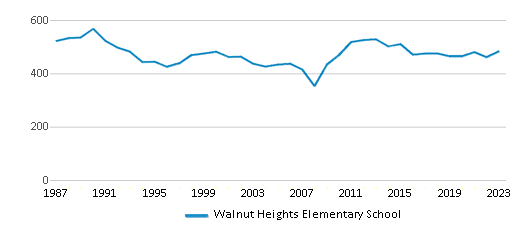
Gender %
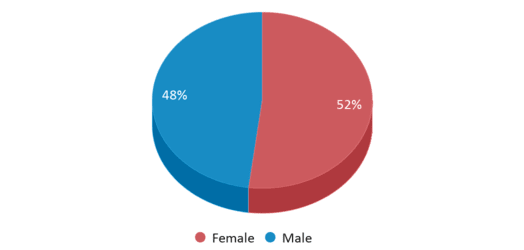
Total Classroom Teachers
17 teachers
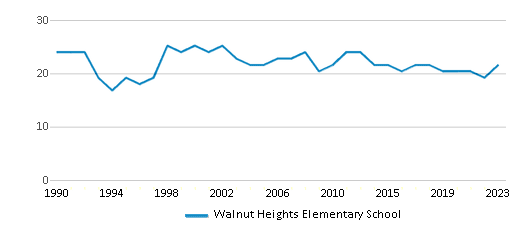
Students by Grade
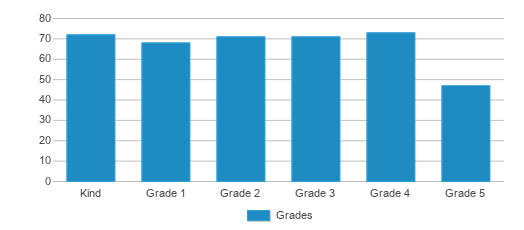
School Calendar
School Rankings
Walnut Heights Elementary School ranks within the top 10% of all 9,602 schools in California (based off of combined math and reading proficiency testing data).
The diversity score of Walnut Heights Elementary School is 0.65, which is more than the diversity score at state average of 0.63. The school's diversity has stayed relatively flat over five school years.
Overall Testing Rank
#637 out of 9602 schools
(Top 10%)
(Top 10%)
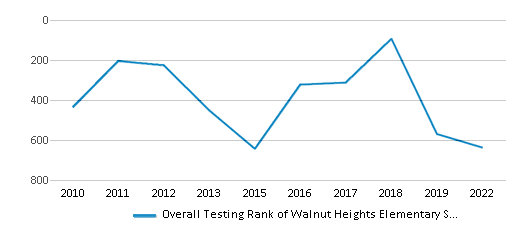
Math Test Scores (% Proficient)
75-79%
33%
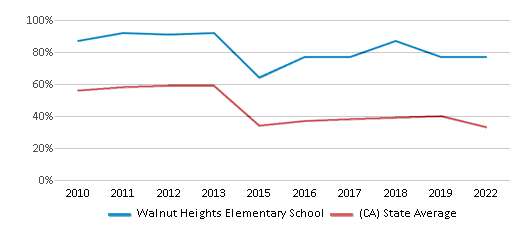
Reading/Language Arts Test Scores (% Proficient)
70-74%
47%
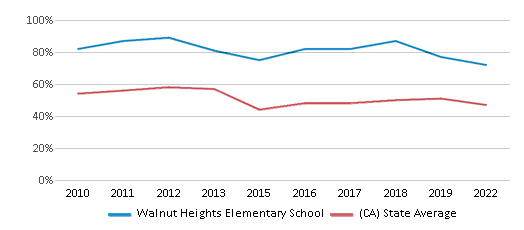
Science Test Scores (% Proficient)
50-59%
29%
Student : Teacher Ratio
24:1
21:1
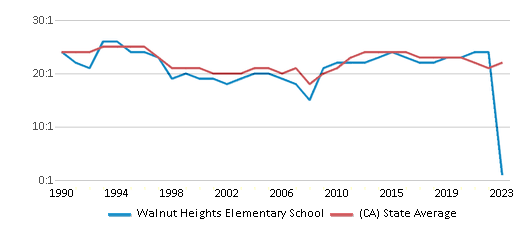
American Indian
n/a
1%
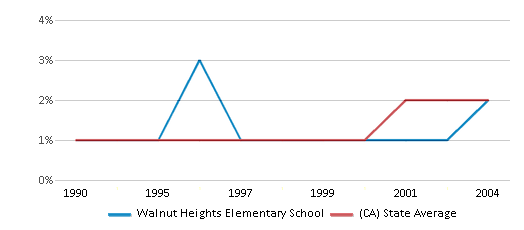
Asian
13%
12%

Hispanic
19%
56%
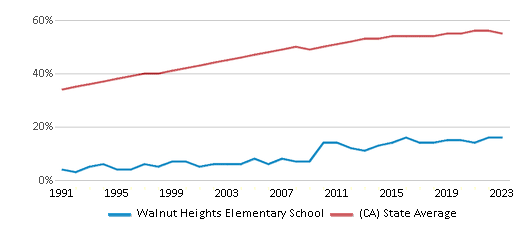
Black
1%
5%
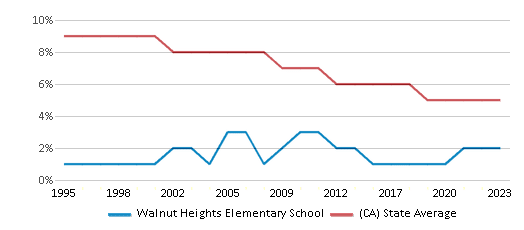
White
53%
20%
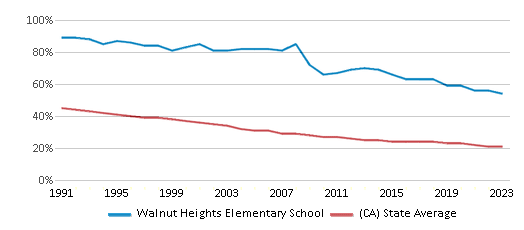
Hawaiian
n/a
n/a
Two or more races
14%
6%
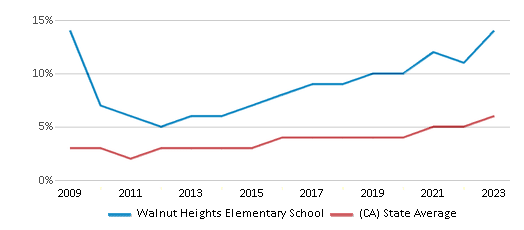
All Ethnic Groups
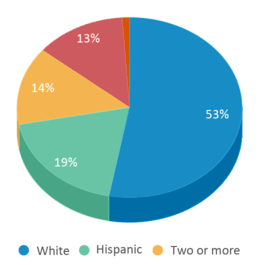
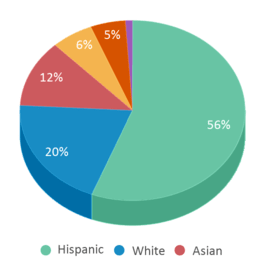
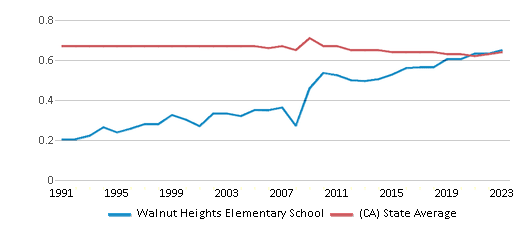
Eligible for Free Lunch
14%
54%
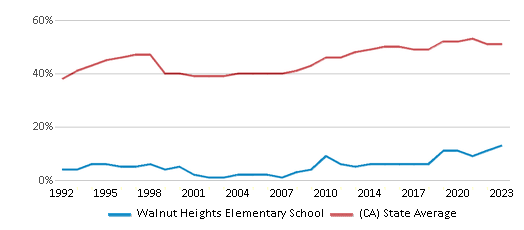
Eligible for Reduced Lunch (19-20)
1%
7%
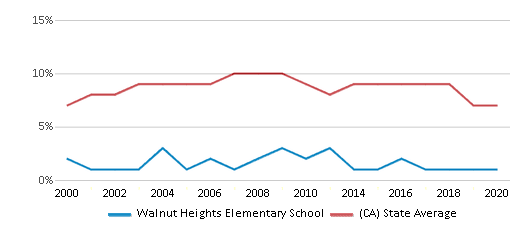
School Statewide Testing
School District Name
Source: National Center for Education Statistics (NCES), CA Dept. of Education
Profile last updated: 02/09/2025
Frequently Asked Questions
What is Walnut Heights Elementary School's ranking?
Walnut Heights Elementary School is ranked #637 out of 9,602 schools, which ranks it among the top 10% of public schools in California.
What schools are Walnut Heights Elementary School often compared to?
Walnut Heights Elementary Schoolis often viewed alongside schools like Indian Valley Elementary School, Murwood Elementary School by visitors of our site.
What percent of students have achieved state testing proficiency in math and reading?
75-79% of students have achieved math proficiency (compared to the 33% CA state average), while 70-74% of students have achieved reading proficiency (compared to the 47% CA state average).
How many students attend Walnut Heights Elementary School?
402 students attend Walnut Heights Elementary School.
What is the racial composition of the student body?
53% of Walnut Heights Elementary School students are White, 19% of students are Hispanic, 14% of students are Two or more races, 13% of students are Asian, and 1% of students are Black.
What is the student:teacher ratio of Walnut Heights Elementary School?
Walnut Heights Elementary School has a student ration of 24:1, which is higher than the California state average of 21:1.
What grades does Walnut Heights Elementary School offer ?
Walnut Heights Elementary School offers enrollment in grades Kindergarten-5
What school district is Walnut Heights Elementary School part of?
Walnut Heights Elementary School is part of Walnut Creek Elementary School District.
School Reviews
5 3/23/2019
This school has the best teachers! They are very caring, loving, and extremely kind! Both of my kids are been going to this school 6 years now & I am very happy! Highly recommend!
2 7/1/2007
This school has immeasurable parent involvement. The school has many open face building which raises concern of safety. It does have music and art. Students (in Kindergarten) can learn more if the parties taken in class + the school were less often. Lots of parties is not my cup of tea. Didn't have a joyable experience with the teacher or principal. Their attitudes were highly unprofessional, plus disrespectful when it came to parent's wishes of being notified of what food will be given + no toys coming to the house every Friday of every week.
Review Walnut Heights Elementary School. Reviews should be a few sentences in length. Please include any comments on:
- Quality of academic programs, teachers, and facilities
- Availability of music, art, sports and other extracurricular activities
Recent Articles

What Is A Charter School?
Explore the world of charter schools in this comprehensive guide. Learn about their history, how they operate, and the pros and cons of this educational innovation. Discover key facts about charter schools, including admission policies, demographics, and funding, as well as what to look for when considering a charter school for your child.

10 Reasons Why High School Sports Benefit Students
Discover the 10 compelling reasons why high school sports are beneficial for students. This comprehensive article explores how athletics enhance academic performance, foster personal growth, and develop crucial life skills. From improved fitness and time management to leadership development and community representation, learn why participating in high school sports can be a game-changer for students' overall success and well-being.

February 05, 2025
Understanding the U.S. Department of Education: Structure, Impact, and EvolutionWe explore how the Department of Education shapes American education, from its cabinet-level leadership to its impact on millions of students, written for general audiences seeking clarity on this vital institution.






